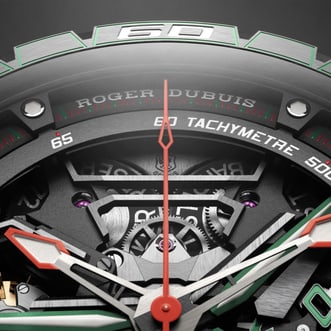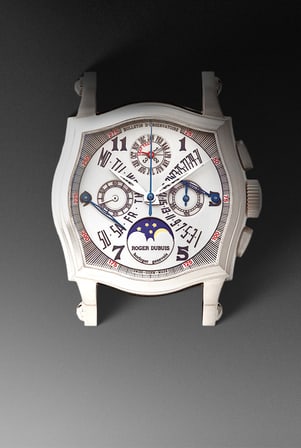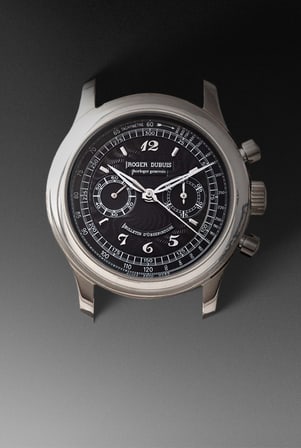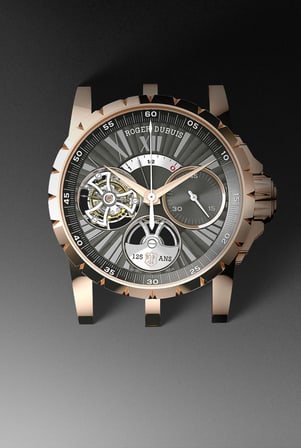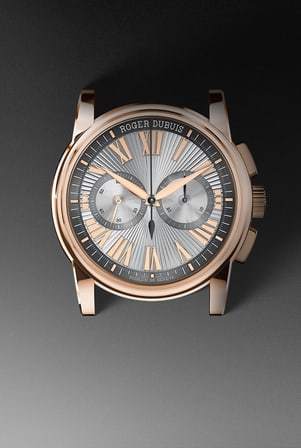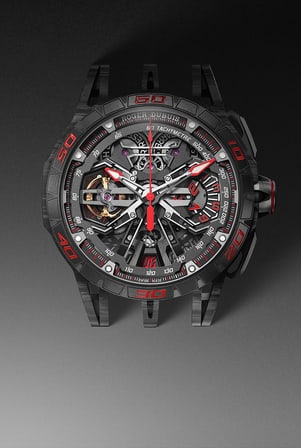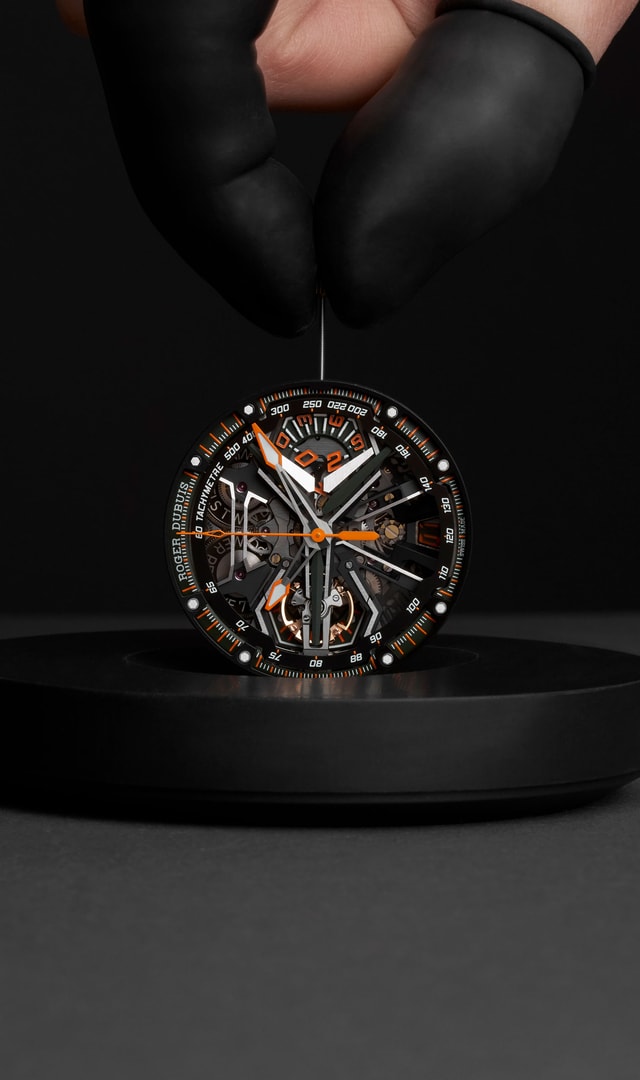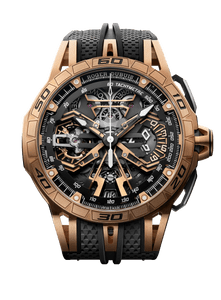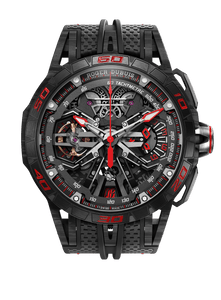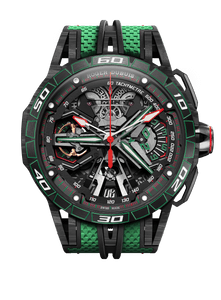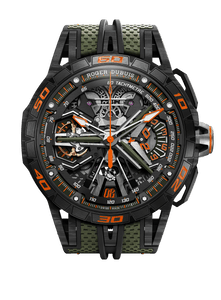Mr. Roger Dubuis’ Legacy
When Mr. Roger Dubuis launched his company and set the tone for excellence in 1995, he included the prestigious chronograph calibre in the very first watches he created.
Milestones
Chronograph
The 120° Rotating Minute Counter (RMC)
It delivers a surprising and joyful display, with big numbers and a patent-pending tripartite hand.
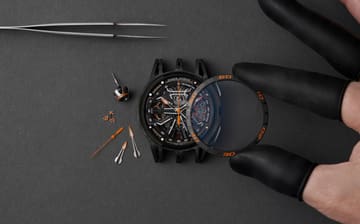
29
years of chronograph mastery
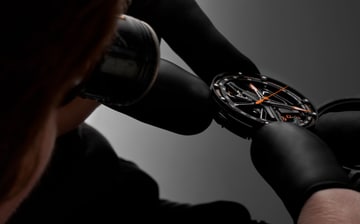
5
generations of chronograph
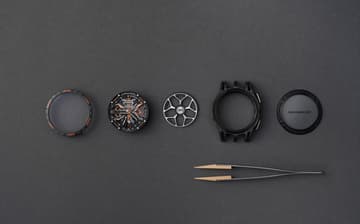
2
pending patents
Proven performance
The performance of the Flyback chronograph is also certified by the independent Poinçon de Genève. Unlike other certifications, every function has to be tested before and after casing, simulating the realities of daily use as closely as possible.
